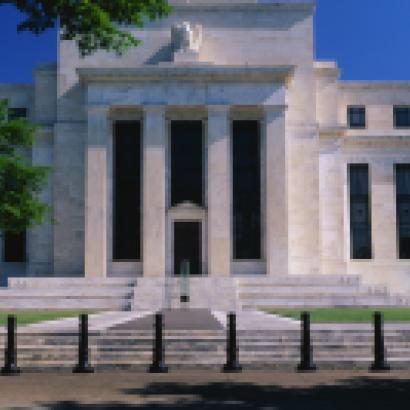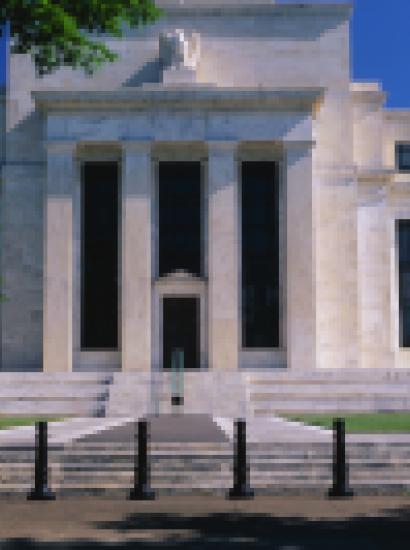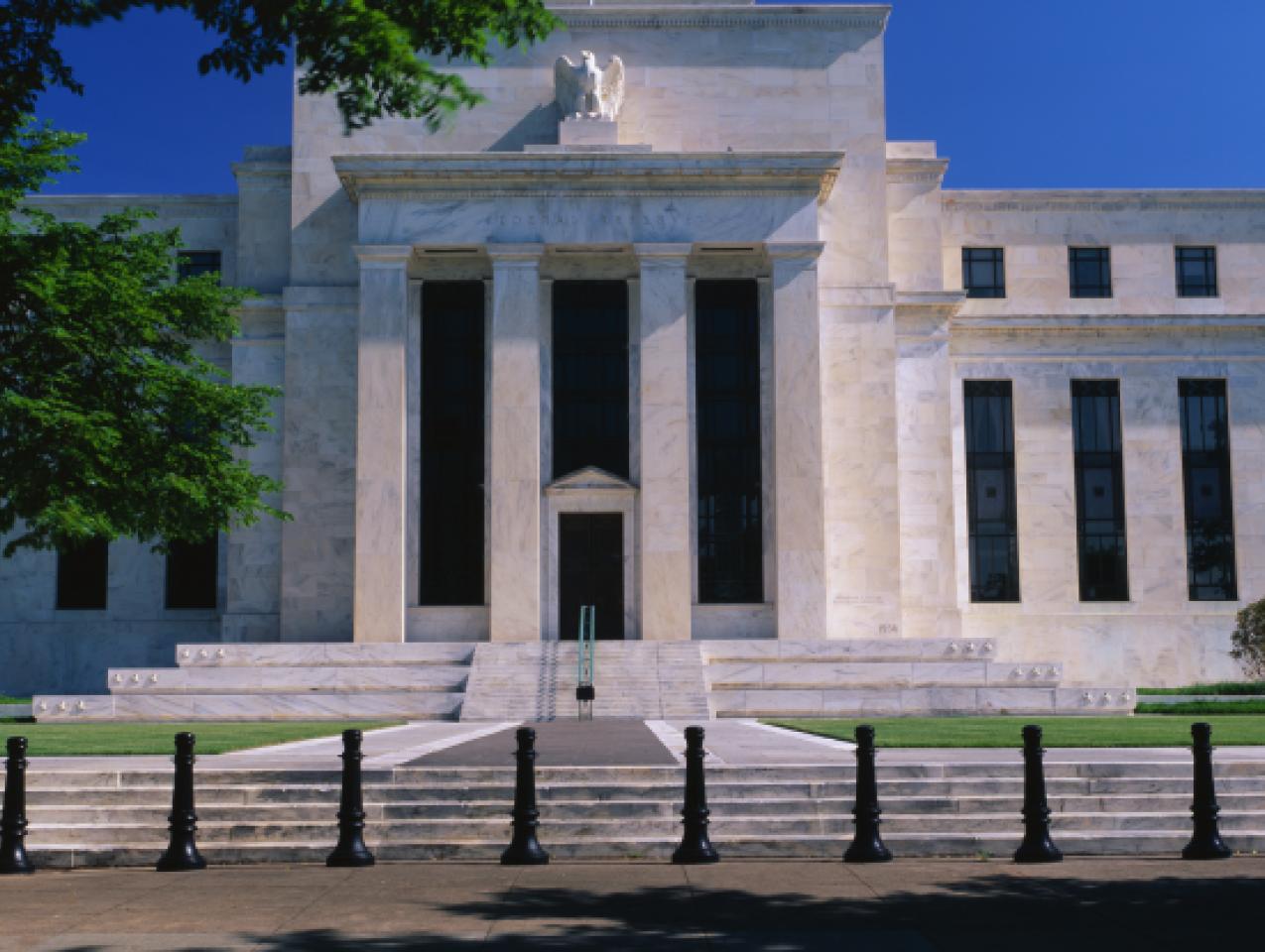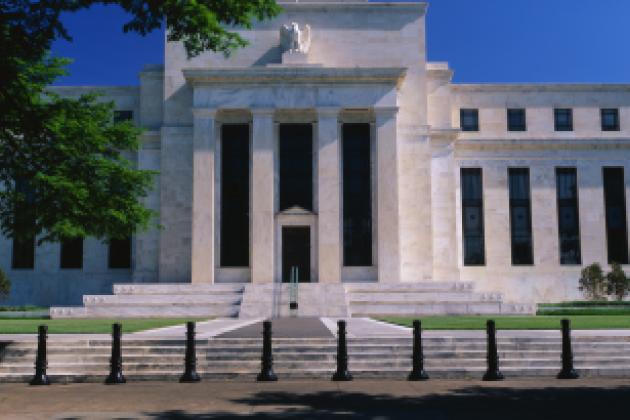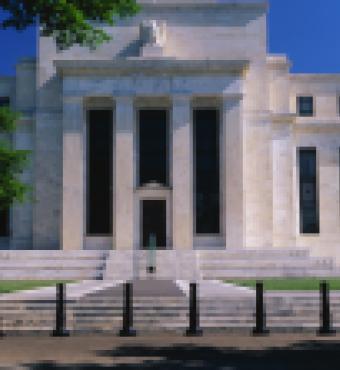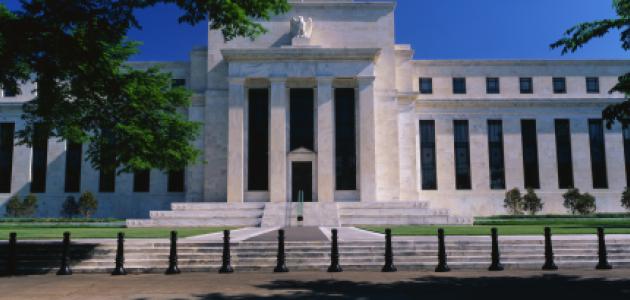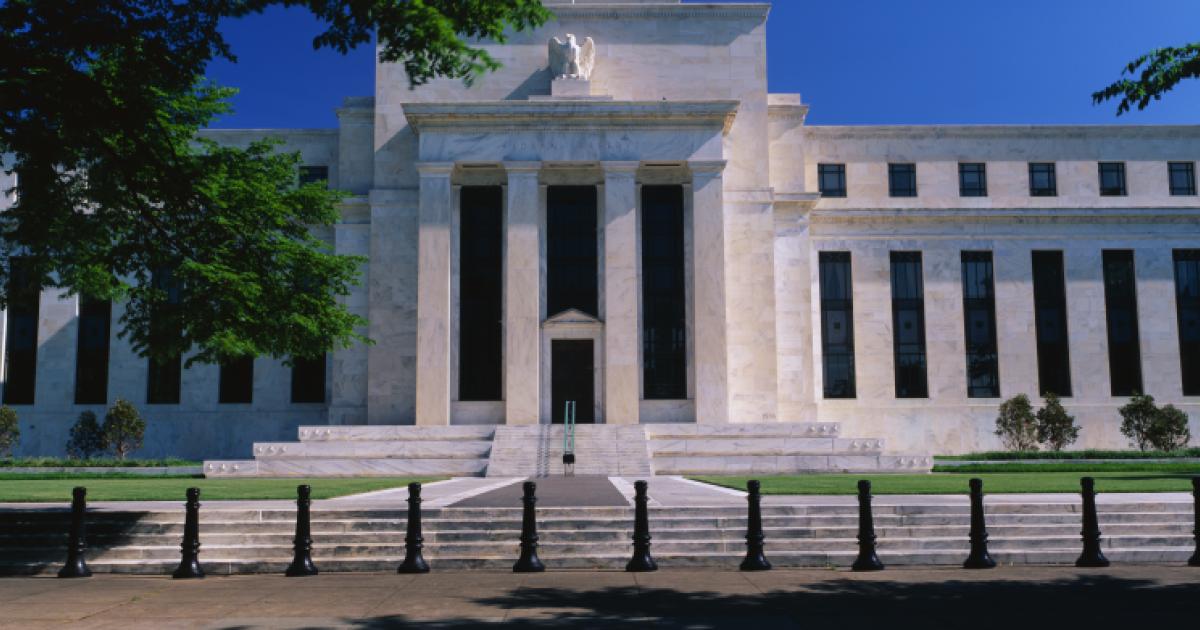- Economics
- Budget & Spending
The U.S. Department of Agriculture forecasts that food prices will rise as much as 3.5% this year, the biggest annual increase in three years. Over the past 12 months from March, the consumer-price index increased 1.5% before seasonal adjustment. These are warnings. Never in history has a country that financed big budget deficits with large amounts of central-bank money avoided inflation. Yet the U.S. has been printing money—and in a reckless fashion—for years.
The Obama administration has run huge budget deficits every year, which, together with the Bush administration, has amounted to $6.7 trillion from 2006 to 2013. The Federal Reserve financed almost $3 trillion of these deficits by purchasing Treasury bonds and notes. The Fed has also purchased massive amounts of mortgage-backed securities. Today, with more than $2.5 trillion of idle reserves on bank balance sheets, there is enormous fuel for greater inflation once lending and money growth rises.
To avoid the kind of damaging inflation the U.S. experienced in the 1970s and early '80s, the Fed could raise interest rates, including the interest it pays banks on reserves, inducing banks to hold most of the $2.5 trillion of reserves idle. But interest rates high enough to discourage borrowing and lending would likely send the economy into another damaging recession.
Fed Chairwoman Janet Yellen recently admitted that the central bank doesn't have a good model of inflation. It relies on the Phillips Curve, which charts what economist Alban William Phillips in the late 1950s saw as a tendency for inflation to rise when unemployment is low and to fall when unemployment is high. Two of the most successful Fed chairmen, Paul Volcker and Alan Greenspan, considered the Phillips Curve unreliable. The Fed's forecasts of inflation ignore Milton Friedman's dictum that "inflation is always and everywhere" a result of excessive money growth relative to the growth of real output. The Fed focuses far too much attention on distracting monthly and quarterly data, while ignoring the longer-term effects of money growth.
The country's present dilemma originated in 2008, when the Fed properly and forcefully prevented a collapse of the payments system. But long before idle reserves reached $2.5 trillion, the Fed didn't ask itself: What can we do by adding more reserves that banks cannot do by using their massive idle reserves? The fact that the reserves sat idle to earn one-quarter of a percent a year should have been a clear signal that banks didn't see demand to borrow by prudent borrowers.
The Fed's unprecedented quantitative easing since 2008 failed to lead to a robust recovery. The unemployment rate has gradually declined, but the main reason is that workers have withdrawn from the labor force. The stock market boomed, bringing support from traders, but the rise in asset prices of equities didn't stimulate growth by inducing investment in new capital. Investment continues to be sluggish.
And some side effects of the Fed policies have had ugly consequences. One of the worst is that ultralow interest rates induced retired citizens to take substantially greater risk than the bank CDs that many of them relied on in the past. Decisions of this kind end in tears. Another is the loss that bondholders cannot avoid when interest rates rise, as they have started to do.
Accumulating data from the sluggish loan market and the weak responses of employment and investment should have alerted the Fed that the growth of reserves and the low interest rates haven't been achieving much. Similarly, the Fed should have noticed in recent years that instead of a strong housing-market recovery, not many individuals were taking out first mortgages. Many of the sales were to real-estate speculators who financed their purchases without mortgages and are now renting the houses, planning to resell them later.
Most of all the Fed years ago should have recognized that the country's economic problems weren't arising from monetary factors. Instead of keeping interest rates low to finance deficits, the Fed should have explained that costly regulation, increased health-care costs, wasteful spending and repeated threats to raise tax rates were holding back the recovery.
Broadly speaking, the Obama administration has pursued a course the opposite of that taken by the Kennedy and Johnson administrations in the 1960s (and the Reagan administration in the 1980s). Kennedy-Johnson enacted across-the-board tax cuts: Promoting growth came first, redistribution later. By putting redistribution first and sacrificing growth, the Obama administration got neither.
Ironically, despite often repeated demands for increased redistribution to favor middle- and lower-income groups, the policies pursued by the Obama administration and supported by the Federal Reserve have accomplished the opposite. When the president campaigns in the midterm election, he will talk about the relative gains by the 1%. Voters should recognize that goosing the stock market through very low interest rates, not to mention the subsidies and handouts to cronies, have contributed to that result.
We are now left with the overhang. Inflation is in our future. Food prices are leading off, as they did in the mid-1960s before the "stagflation" of the 1970s. Other prices will follow.
Mr. Meltzer, a professor of political economy at Carnegie Mellon University and a visiting fellow at Stanford University's Hoover Institution, is the author of "A History of the Federal Reserve" (University of Chicago Press, 2003, 2009).








